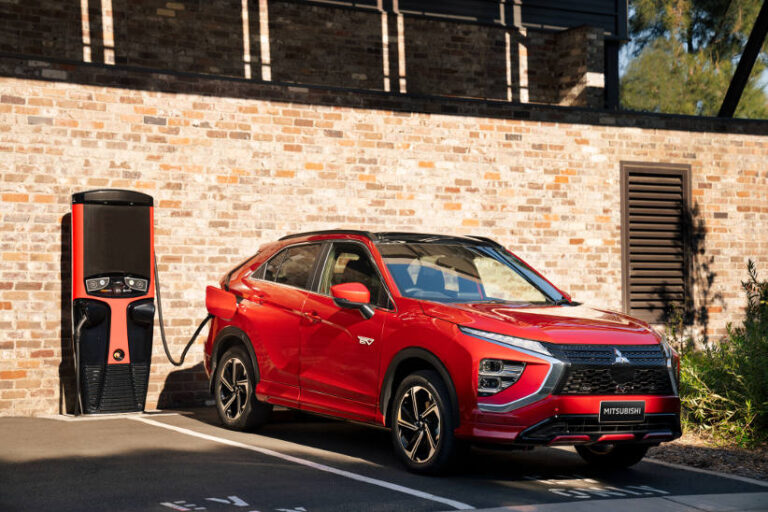Someone in the FAN office was searching on SEEK last week (apparently not looking for a new job) and noticed the number of jobs available in the electric vehicle space. This shouldn’t be a surprise if you look at the money being invested by the NSW Government and other private sector organisations to accelerate the electrification of Australian fleets.
Here’s some of the titles we saw:
- EV Innovation Manager
- Electric vehicle & Charging Infrastructure Specialist
- National EV Deployment Manager
- Electric Vehicle Analyst
- Junior Engineer – Electric Vehicles
- Electric Vehicle Charging Solutions Field Service Engineer
- Electric Vehicle Mechanic
- Electric Vehicle Auto Electrician
- EV Bike Mechanic
These roles are with a range of organisations including electricity retailers, governments, and distributors of electrical equipment. It shows an emerging sub-industry within fleet and automotive which will create thousands of jobs over the next decade.
In 2022 the popularity and acceptance of electric vehicles is growing with demand outstripping supply for the new generation of EVs like the Kia EV6 and Hyundai IONIQ5. Tesla is the most popular electric vehicle in Australia because they have been able to supply the demand as the consumer interest grew in 2021 (you still need to wait 3 months for delivery).
New entrants like EVDirect are offering BYD cars and vans from China. And electric bikes which are becoming a different kind of fleet mobility option with Australia Post rolling out three wheel EV delivery bikes and Zoomo developing e-bikes for fast food delivery services.
Many fleets are still in the ‘trial and test’ phase with electric vehicles and the manufacturers are seeing an increase in requests for vehicle loans, staff education and advice on charging infrastructure. A whole network of fleet consultants (including us here at Fleet Auto News) are helping business wade through this brave new world of electric vehicles.
The time organisations will take to transition from ‘trial and test’ to making an EV the main vehicle in their fleet will depend on their ability to digest three main hurdles to fleet electrification;
- Supply
- Fit for purpose
- Whole of Life Cost
Overcoming each of these challenges will vary depending on the organisation’s operational requirements. The next phase of the journey will begin once more companies progress into the implementation phase of electric vehicles. Australia will then be closer to the EV tipping point.






